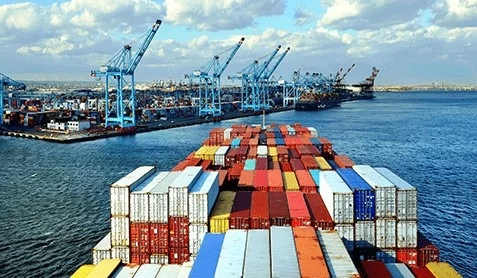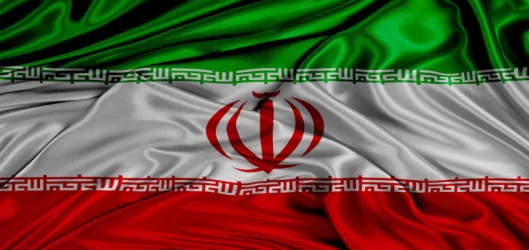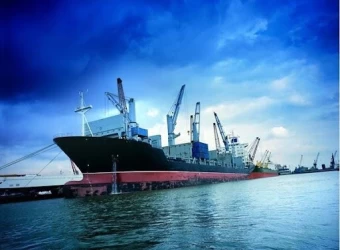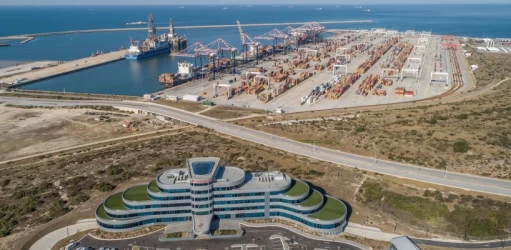Sea freight at Ho Chi Minh port
Ho Chi Minh Port is one of the most significant and busiest ports in Vietnam, serving as a critical hub for the country's international trade and economic growth. Located in the dynamic city of Ho Chi Minh (formerly known as Saigon), this port connects Vietnam with key global markets. Its strategic location and modern infrastructure make it a cornerstone of Vietnam's maritime transportation system, driving the nation’s import-export activities and enhancing its position as a regional logistics hub.
Geographical Location and Historical Background
Ho Chi Minh Port is situated along the Saigon River, a major waterway in southern Vietnam. The city’s proximity to the South China Sea gives it easy access to international shipping lanes, facilitating trade with Asia, Europe, and North America. Historically, the port has been a focal point of trade since the French colonial era. Over time, it has grown into a modern port, playing a key role in Vietnam’s economic development, especially after the country’s economic reforms known as Đổi Mới in the late 20th century.
Port Infrastructure and Capabilities
Ho Chi Minh Port consists of several key terminals, each designed to handle different types of cargo. The port is equipped with specialized terminals for containerized goods, bulk cargo, and petroleum products. Major terminals include:
- Cat Lai Terminal: One of the largest container terminals in Vietnam, handling over 50% of the country’s container throughput.
- Tan Cang Terminal: Specializes in both container and general cargo handling.
- Ben Nghe Terminal: Focuses on bulk and general cargo, supporting industries in the Ho Chi Minh region.
The port’s infrastructure includes modern cranes, large warehouses, and efficient logistical systems that facilitate the quick and safe handling of goods. The adoption of advanced technologies such as automated systems and real-time tracking enhances the overall efficiency of port operations.
Role in Vietnam’s Economy
As Vietnam's primary maritime gateway, Ho Chi Minh Port is pivotal in driving the country's export-oriented economy. The port handles about 70% of the nation’s exports, including electronics, textiles, agricultural products, and raw materials. Major trading partners include the United States, China, Japan, and South Korea.
Imports through the port primarily consist of essential goods such as petroleum, machinery, and industrial equipment, which are critical for Vietnam's rapidly industrializing economy. The port’s connectivity to inland transportation networks, including road and rail, further boosts its efficiency in distributing goods across the country.
Challenges and Opportunities
Despite its strengths, Ho Chi Minh Port faces several challenges. Congestion is a major issue, especially during peak seasons. The high volume of container traffic sometimes leads to delays, affecting supply chain efficiency. Environmental concerns related to water pollution and carbon emissions also pose a challenge for the port’s sustainability.
To address these challenges, the Vietnamese government and private sector stakeholders are investing heavily in expanding the port's capacity and upgrading its infrastructure. Projects like the development of new deep-water ports, such as Cai Mep-Thi Vai, are expected to relieve congestion and accommodate larger vessels. Furthermore, the adoption of green port initiatives, such as reducing emissions through renewable energy use and eco-friendly technologies, offers new opportunities for sustainable growth.
Global Connectivity and Future Outlook
Ho Chi Minh Port is well-positioned to capitalize on the growing demand for maritime transportation in Southeast Asia. The port is a crucial node in regional and global shipping networks, linking Vietnam to major global trade routes. With the expected increase in international trade volumes, particularly in response to free trade agreements such as the Comprehensive and Progressive Agreement for Trans-Pacific Partnership (CPTPP), the port’s role will likely expand further.
The port’s future also looks promising with Vietnam’s ambitious plans to become a regional logistics hub. Investments in smart port technology, automation, and e-customs systems are set to increase the port's efficiency and reduce operational costs. Additionally, strategic partnerships with international logistics firms will further enhance the port’s competitiveness on the global stage.
Conclusion
Ho Chi Minh Port is the lifeblood of Vietnam’s maritime transportation and a critical driver of its economic growth. Its strategic location, advanced infrastructure, and role in global trade make it a key player in Southeast Asia’s logistics industry. However, to fully realize its potential, continued investment in infrastructure, technology, and sustainability is essential. By addressing challenges such as congestion and environmental impact, Ho Chi Minh Port is poised to strengthen its position as a leading maritime hub for years to come.
If you have any specific questions or need further assistance, feel free to ask!











